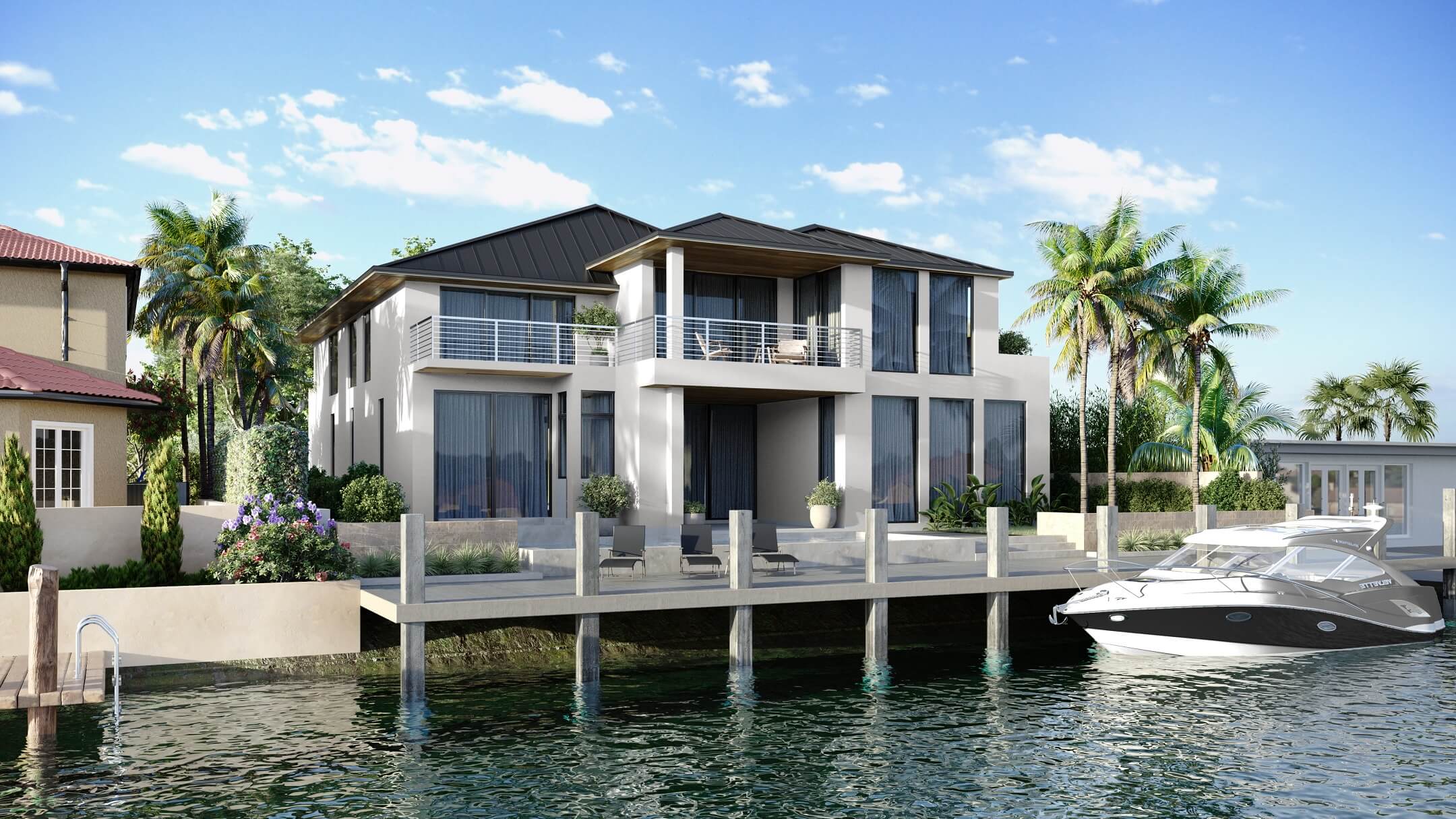|
|

In today’s competitive real estate market, visual representation can make or break a property deal. Rendering in real estate has become a powerful tool for realtors, architects, and developers to showcase properties in their best light, even before the construction is complete. This article delves into how rendering can elevate real estate marketing, exploring its benefits, techniques, and the future potential of this technology.
What is Rendering in Real Estate?
Rendering in real estate refers to the process of creating detailed, realistic images or videos of a property using specialized software. These visuals can include interior and exterior views, 3D walkthroughs, and even aerial shots of the surrounding area. By providing a lifelike preview, renderings help potential buyers visualize a space, enhancing their emotional connection to the property. Whether it’s a new development or a renovation project, rendering plays a crucial role in marketing properties effectively.
Key Benefits of Rendering in Real Estate
Rendering offers numerous advantages to real estate professionals. Firstly, it saves time and money by eliminating the need for physical staging. A beautifully rendered image can highlight the property’s potential without the hassle of arranging furniture and décor. Secondly, it helps in showcasing unbuilt projects, allowing developers to pre-sell units before construction begins. Finally, rendering can attract international buyers by providing them with a detailed and immersive view of the property from afar.
In addition to these practical benefits, renderings add a layer of professionalism to marketing materials. High-quality images can elevate the perceived value of a property, making it stand out in listings and advertisements. Moreover, it’s easier to convey architectural concepts through visuals than through blueprints or textual descriptions, making the property more accessible to a wider audience.
Popular Techniques in Rendering for Real Estate
Various techniques are employed in rendering to create realistic and engaging visuals. The most common ones include 3D modeling, where the property is built virtually to scale, and photorealistic rendering, which adds textures, lighting, and environmental elements to the model. Virtual reality (VR) tours are also gaining popularity, offering an interactive experience where users can explore the property as if they were walking through it.
Another technique is aerial rendering, which provides a bird’s-eye view of the property and its surroundings. This is particularly useful for showcasing large estates or urban developments. By combining these techniques, real estate professionals can present a comprehensive and captivating view of their properties.
The Future of Rendering in Real Estate
As technology evolves, so does the potential of rendering in real estate. Innovations like augmented reality (AR) are set to revolutionize the way properties are marketed. Imagine a potential buyer using their smartphone to see how a piece of furniture would look in a room or how a renovation could transform a space. This level of interactivity not only enhances the buyer’s experience but also speeds up the decision-making process.
Moreover, the integration of artificial intelligence in rendering software will allow for even more precise and personalized visuals. For instance, AI can help in predicting design trends, offering tailored suggestions based on a buyer’s preferences. As these technologies become more accessible, rendering in real estate will continue to be a game-changer, bridging the gap between imagination and reality.
Conclusion
Rendering in real estate is more than just a visual aid; it’s a powerful marketing tool that transforms the way properties are presented and perceived. From saving costs to attracting a global audience, its benefits are extensive and impactful. As we look towards the future, the continued development of rendering technologies promises even more innovative ways to bring properties to life, making it an essential asset in the real estate industry.
|
|